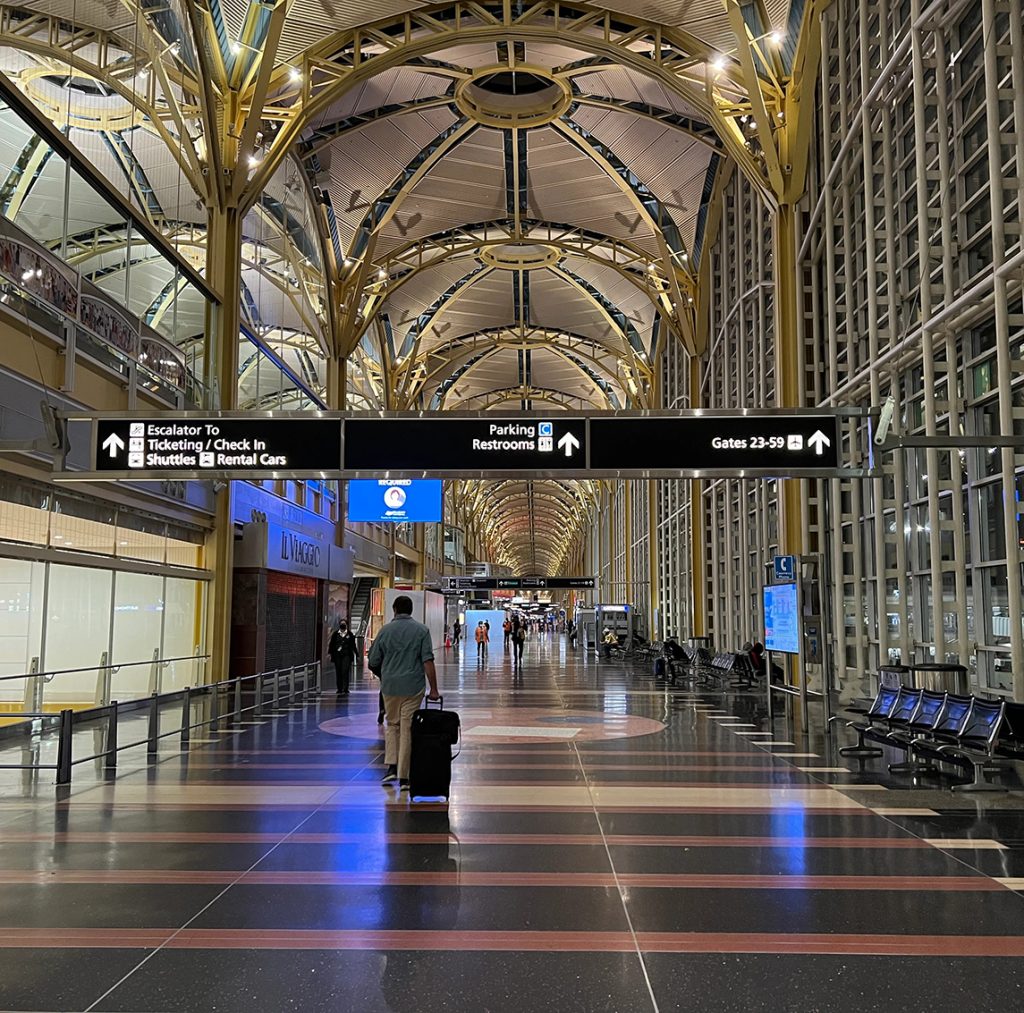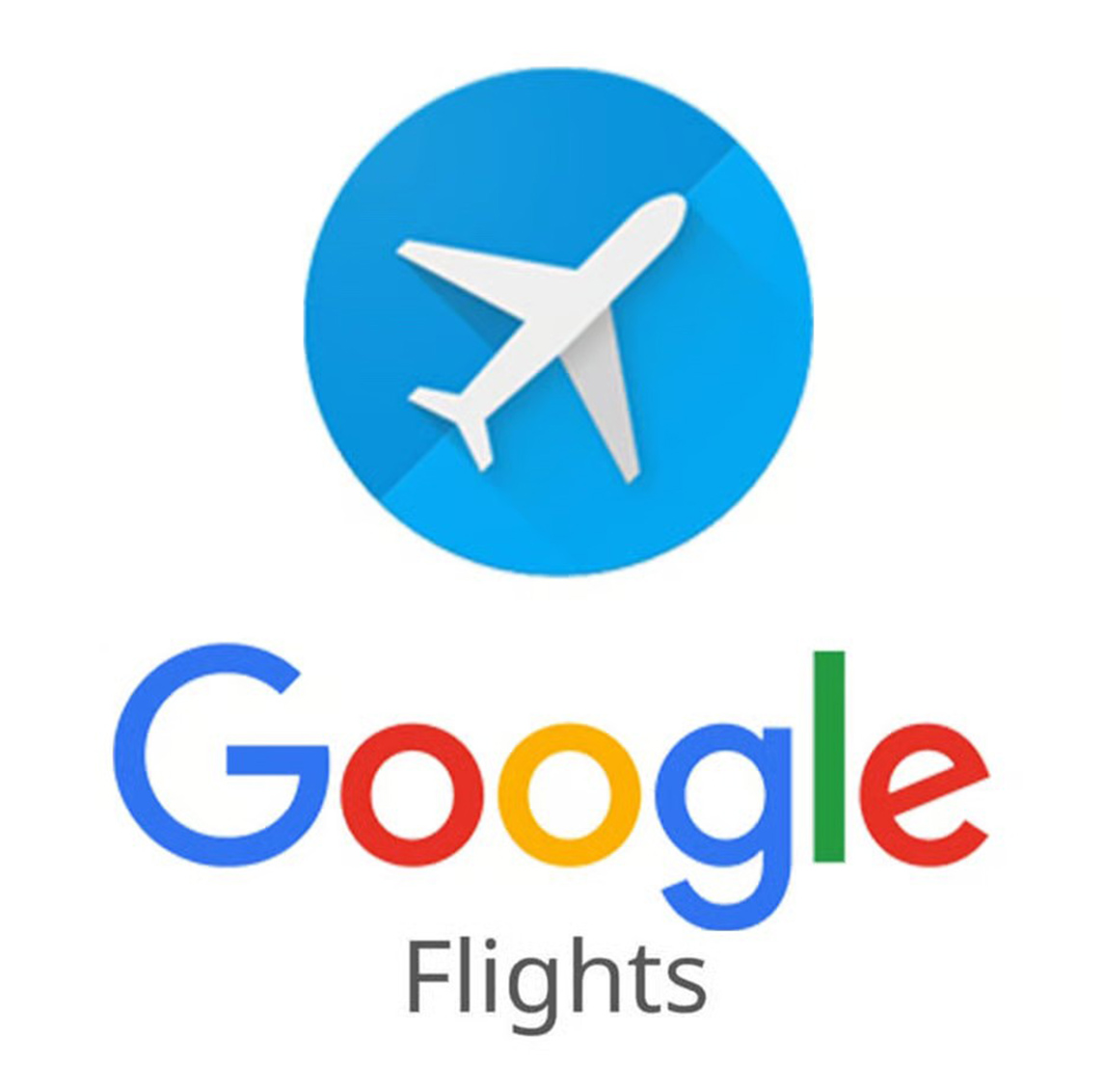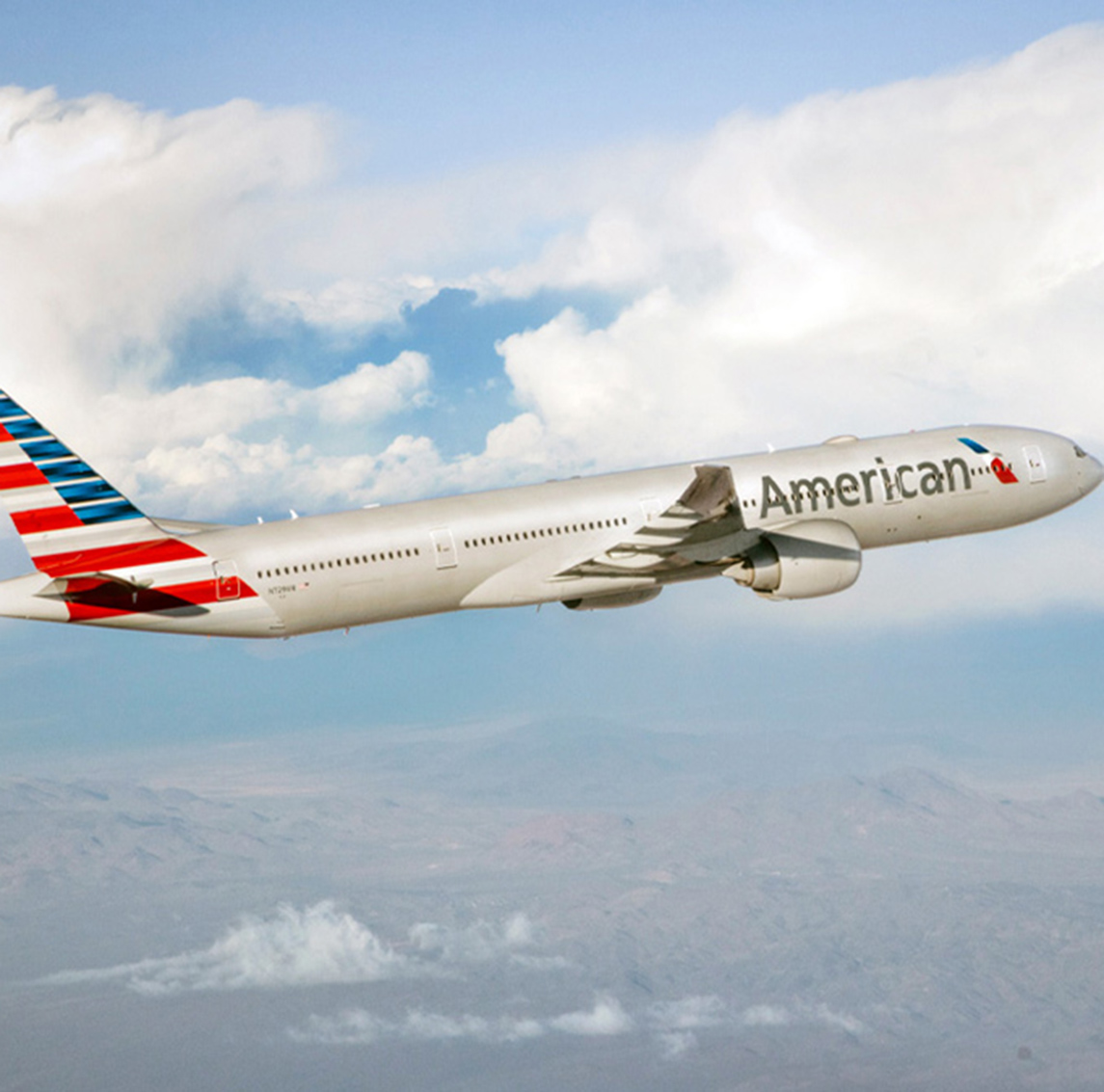I’ve spent a lot of nights hunched over flight-search grids, woke up to price-drop emails at 3 a.m., and learned the hard way which “deals” are actually traps. Tactical search strategies, the difference between one-way and round-trip math, how to read fare classes, practical booking platforms, and an illustrated first-person flight vignette (clearly labeled as an illustrative — not factual — account) to make the experience tangible. I’ll also recommend four solid flight options between the Washington, D.C., area and Columbus (CMH), explain nearby airports, and finish with a concise set of do-and-don’t tips you can action today.
Part 1 — The Big Picture: Why Columbus is easy (and sometimes tricky) to reach
Columbus, Ohio, is well served by a handful of domestic carriers and by a secondary passenger terminal (Rickenbacker) and general aviation airport (Bolton Field). John Glenn Columbus International (CMH) is the primary commercial gateway; it’s compact, easy to navigate, and sits within easy driving distance of downtown. If you want alternative low-fare options, Rickenbacker (LCK) sometimes hosts discount/seasonal carriers like Allegiant. (Fly Columbus)
Typical nonstop flights from the Washington area (DCA/IAD/BWI) to Columbus generally take about 1–1.5 hours of airtime — it’s short hop territory. Flight-time calculators and historical schedules show in-air time often under 90 minutes, though total door-to-door time will of course be longer (security, boarding, taxi/ground transport). (Travelmath)
Why that matters for finding deals:
• On short routes, price differences between “Main Cabin” and “premium” cabins are often large in percentage terms but small in absolute dollars — buying smarter matters.
• Short flights frequently have many daily frequencies; flexibility by a day or two can drop the price significantly.
• Budget carriers and occasional flash sales can beat legacy carriers, but total cost must factor in bags and seat fees.
Part 2 — How I search: my step-by-step method (do this before you click “Buy”)
Here’s my exact workflow, in the order I run it:
- Start broad: Google Flights — I open a flexible calendar view to see cheapest days and quick price trends. I like Google Flights for its speed and price-trend visualization. Use the calendar and the “track prices” toggle to get alerts. (Google Flights is a superb place to start). (Google)
- Cross-check with one or two metasearch engines — Kayak, Skyscanner and Momondo (or Momondo’s sister site, KAYAK) often surface slightly different combinations (OTA vs. airline direct). Kayak’s analysis also gives suggested booking windows (e.g., “book ~4 weeks before for savings” on some short domestic routes). (KAYAK)
- Open airline sites for the cheapest candidates — If a cheap fare appears on Kayak/Expedia, I still open the airline’s own site to compare. Airlines sometimes hold cheaper inventory on their sites, or conversely, the “cheap” OTA fare may be nonrefundable or harder to change. Examples: American, United, Southwest. (AA)
- Check baggage & basic-fare rules carefully — “Basic Economy” vs. “Main Cabin” can change the value calculation dramatically: onboard carry-on allowances and seat-assignment privileges vary by airline and fare. When comparing a $30 saving, check whether it will cost you $40 to check one bag or $30 to reserve a seat. (More on this later; I’ll cite the airline basic-fare rules.) (AA)
- Set price alerts & be patient — If dates are flexible, I set alerts on Google Flights and Kayak and check daily. If I find a candidate I like, I temporarily hold it (either by leaving the tab open or setting a calendar alarm to re-check in 24 hours) — fares sometimes dip further.
- Consider alternative nearby airports — If you’re flexible, compare DCA vs IAD vs BWI on the Washington side and CMH vs LCK on the Columbus side. Rickenbacker (LCK) can show very low fares on leisure carriers at certain times; CMH often has the most schedules. (Fly Columbus)
Part 3 — My illustrative first-person flight
I arrived at Reagan National (DCA) an hour and twenty minutes before departure — the timing felt reasonable for a domestic flight when I wanted to avoid the stress of rush-hour security lines. The DCA domestic terminal is straightforward: drop-off curb → TSA → gates. I checked in on my phone the night before and had my digital boarding pass in Apple Wallet.
Boarding was orderly, with groups called by boarding zone. The Embraer-175 was compact but modern; Main Cabin seats had a roughly 30–32 inch pitch (typical for regional jets), and the overheads accepted a standard carry-on. Boarding felt efficient — the short route means everyone wants to get seated and the crew works fast.
Seat comfort: the seat cushioning was average — fine for a 90-minute flight, not built for lounging. The lack of a footrest is forgiven on short hops; what mattered more to me was the legroom. I’d recommend an exit-row or bulkhead if you’re taller than 6′. The cabin had the usual domestic-short-haul vibe: polite flight attendants, a quick safety demo, and a short beverage/snack service (bottled water or coffee; inflight purchases available).
Midflight: the sound of the engines is present but not oppressive. The views over the mid-Atlantic fall foliage (if you fly in autumn) are lovely — a reminder that even business-class seats don’t buy a better landscape.
Landing at CMH was smooth; we taxied to a small, efficient terminal and were walking toward the baggage carousels within 10–12 minutes of arrival. The whole journey reminded me of why short domestic hops remain a mainstay for business travelers and weekenders: fast, predictable, and low friction when you plan intelligently.
Practical takeaways from the illustrative trip:
• For short flights, value often lies in time saved and convenience rather than extra seat width. If the premium cabin is double or triple the economy price for a 1-hour flight, I usually skip it unless I need the lounge, extra baggage, or guaranteed seat choice.
• Choose seats with legroom (bulkhead/exit row) if you value comfort; be mindful exit rows have restrictions.
• If you need to check luggage, do the math: budget carriers’ base fares can look cheaper but add fees quickly. (I’ll show a worked example next.)
• Fly early in the day to avoid ripple delays; many sources show flights before mid-afternoon are less likely to be delayed. (expedia)

Part 4 — One-way vs round-trip: the math
A mantra: don’t assume one-way will be cheaper. On many domestic routes, round-trip fares are still the bargain, but there are exceptions.
Example snapshots (data from aggregators at time of research)
• Expedia/Kayak snapshots for popular date windows commonly showed round-trip fares around $165–$215 for economy between Washington (DCA/IAD) and Columbus (CMH) on legacy carriers (American, United). I pulled several recent sample prices in preparing this guide — your dates will change the outcome. (expedia)
• Southwest and certain low-cost carriers periodically have promotional round-trip fares that undercut legacy carriers; sometimes one-way fares (especially on Southwest) can be competitive because Southwest uses a different pricing structure. SouthWest’s own Low Fare Calendar is useful for visualizing the cheapest days. (Southwest Airlines)
Worked example (typical)
Assume:
• Option A (Legacy carrier, Main Cabin): Round-trip $185 total. Checked bag $35 each way (if not included) → $255 total with one bag.
• Option B (Basic Economy via a different carrier): One-way $90 / return $90 = $180 round-trip, but Basic Economy disallows seat selection and may restrict carry-on — add $35 per checked bag per direction → $250 with one bag.
• Option C (Southwest): Round-trip fare $170, includes no longer-free bags (policies changed — check carrier for current rules), but rapid rewards / credit card perks can alter value. (See baggage policy notes below.) (Reuters)
Factor in the whole trip: seat assignments, change/refund flexibility, and bag fees. A $20 cheaper ticket can cost you $60 once bag and seat fees are added.
Part 5 — Fare classes and fees you must check (Basic Economy, Main Cabin, bag rules)
Airlines use several domestic fare buckets. The major differences to watch for:
• Basic Economy — cheapest, often restricted: no seat selection (you’re assigned), limited or no carry-on (carrier-dependent), limited or no changes/refunds. Check exact rules — they vary between carriers. (AA)
• Main Cabin / Standard Economy — allows seat selection (may cost extra if you pick preferred seats) and has a standard carry-on allowance; checked-bag fees may apply unless you have a status/credit-card benefit. (AA)
• Premium Economy / First — on short domestic routes this is less common; only certain aircraft/configurations offer premium seats on domestic hops, and the price delta must make sense.
Important recent change (check before you book): Southwest — which historically offered two free checked bags — changed its baggage policy in 2025; fee structures and policy updates mean that the “bags fly free” advantage is no longer universal. That shift dramatically affects the budget comparison between Southwest and other carriers. Always verify baggage rules on the carrier’s website before assuming free bags. (Reuters)
Part 6 — Booking platforms I trust (and when to use each)
• Google Flights — fast, excellent calendar view, “track prices” feature, great for initial research and day-by-day fare heatmaps. (Google)
• Kayak / Momondo / Skyscanner — compare OTAs and airline sites; Kayak’s “Price Forecast” and suggested booking window can help decide when to buy. (KAYAK)
• Expedia / Travelocity / Orbitz — useful for packaged hotel+flight deals, but compare the same itinerary on the airline’s site for differences in change/refund policy. (expedia)
• Airline direct sites (American, United, Southwest) — always check the airline’s own site before finalizing; sometimes the airline has exclusive fares or better customer service for changes. (AA)
My usual routine: use Google Flights → Kayak to explore variations → open airline websites to confirm and potentially buy direct. If an OTA is cheaper, check whether the fare is nonrefundable or has restrictions (OTAs sometimes make refunds/change harder).
Part 7 — Four recommended flights
These are not the only options — but they represent different value propositions depending on what you prioritize: nonstop convenience, price, loyalty benefits, or bundled vacation deals.
- American Airlines — DCA ↔ CMH (Nonstop)
o Why pick it: frequent nonstop options from Reagan National, convenient for people based in DC proper, solid frequent-flyer ecosystem if you have AAdvantage. Nonstop short hop for business and weekend travelers. Example fares often show reasonable round-trip pricing on AA. (travelocity) - United Airlines — IAD ↔ CMH (Nonstop)
o Why pick it: great for travelers near Dulles/West Falls Church; strong connections if you need to continue past Columbus. United frequently schedules multiple daily nonstops on this route. Consider United if you value United’s loyalty benefits or need a seat with more availability. (FlightsFrom) - Southwest Airlines — DCA/BWI ↔ CMH (Nonstop options, promotional fares)
o Why pick it: Southwest historically offered strong value (and rapid rewards). Use Southwest’s Low Fare Calendar to target the cheapest day; note baggage policy changes in 2025 — always confirm current baggage fees and boarding rules. If you have Southwest credit card perks, factor them in. (Southwest Airlines) - Allegiant (to Rickenbacker LCK from select cities)
o Why pick it: if you don’t mind flying into Rickenbacker passenger terminal (LCK), Allegiant sometimes runs very low promotional fares and vacation bundles. LCK is an option for bargain seekers and leisure travelers who can arrange ground transport to downtown Columbus. (Allegiant Air)
Part 8 — Nearby airports: options and when to use them
On both ends of the trip, having alternative airports gives flexibility.
On the Washington side
• Ronald Reagan Washington National (DCA) — closest to downtown DC; convenient for short trips. (Often the best for D.C. residents.)
• Washington Dulles (IAD) — larger, more long-haul and connecting flights; sometimes better prices depending on your timeline.
• Baltimore/Washington (BWI) — often a hub for low-cost carriers and can produce some of the best fares if you don’t mind the drive.
On the Columbus side
• John Glenn Columbus International (CMH) — main commercial airport with most flights and ground transport. Terminal is compact and efficient. (Fly Columbus)
• Rickenbacker International (LCK) — Rickenbacker hosts lower-frequency leisure flights (Allegiant) and can be cheaper if you’re booking a vacation bundle; it’s a bit further from downtown but accessible. (Allegiant Air)
• Bolton Field (TZR) — general aviation reliever airport for private and corporate travel; not for scheduled commercial service but useful if you charter or fly GA. (Fly Columbus)
If you’re willing to drive: Dayton (DAY) and Cleveland Hopkins (CLE) are within a two-hour drive and can sometimes be useful alternatives for special fare situations (e.g., connecting flights or flight schedules that simply work better). Driving times: Dayton ≈ 1.25–1.5 hours; Cleveland ≈ 2.3 hours by car from Columbus. Use these only if ground time and cost make sense. (Travelmath)

Part 9 — Small but potent tips (my favorite quick wins)
- Be flexible by ±2 days — on short domestic routes, shifting your trip by one day can cut the fare substantially. Use the flexible-date calendar. (Google)
- Set price alerts — Google Flights and Kayak “watch” features will e-mail you on dips. (KAYAK)
- Compare round-trip vs one-way — sometimes one-way on different carriers is cheaper, but often round-trip is the best value. Do the arithmetic. (expedia)
- Factor baggage — always add checked-bag fees before declaring a fare the winner. Southwest’s baggage policy changed in 2025 (confirm current rule). (Reuters)
- Book direct with the airline if change flexibility matters — OTAs can be fine for bargains, but airlines often handle changes/refunds easier. (expedia)
- Use seat maps — on short flights seat selection is still meaningful (legroom, near lavatory, quick exit). Paid seat selection costs often beat the discomfort of an inferior seat.
- Consider travel credit-card perks — the value of a card’s free checked bag or priority boarding can erase a fare differential.
- Check nearby airports — sometimes flying into Rickenbacker (LCK) with Allegiant and renting a car is cheaper than a nonstop into CMH. (Allegiant Air)
Part 10 — Common mistakes to avoid
• Ignoring fare-class rules — buying Basic Economy without reading restrictions will bite you at check-in (no seat selection, no carry-on in some cases). (AA)
• Forgetting seat and baggage costs — $20 saved on a ticket that costs $40 more in baggage is not a win.
• Getting lured by a super cheap one-way without checking return options — sometimes the return is expensive and the “deal” evaporates.
• Not checking the airline’s refund policy — in a disrupted world, flexibility can be more valuable than a small price delta.
Part 11 — Quick checklist before you book
• Are my dates flexible by ±2 days? (If yes, check the cheapest day.)
• Did I compare Google Flights + Kayak + the airline site?
• What is the total price including checked bag(s) and seat fees?
• Is the fare Basic Economy? If so, do I accept its restrictions? (AA)
• Is the airport convenient for my ground logistics (DCA vs IAD; CMH vs LCK)? (Fly Columbus)
efficiency)
If you want the single clearest piece of advice: do the math. Add up the ticket price, bag fees, seat fees, and potential transfer-time costs. On short flights the time element often trumps small luxuries: arriving in the morning with a slightly higher ticket can give you a whole productive day. And when you’ve found a price that feels right for your needs — buy it. Fares can disappear overnight.
If you want a short recap of the best tools and pages I used to assemble this guide (so you can follow the same steps): Google Flights for big-picture trends, Kayak for comparative analytics, Expedia/OTAs for occasional bargains, and the airlines’ official pages (American, United, Southwest) to confirm rules and final buy. For Columbus-specific terminal, parking and ground info, the Columbus airports official site is the authoritative resource. (Google)

